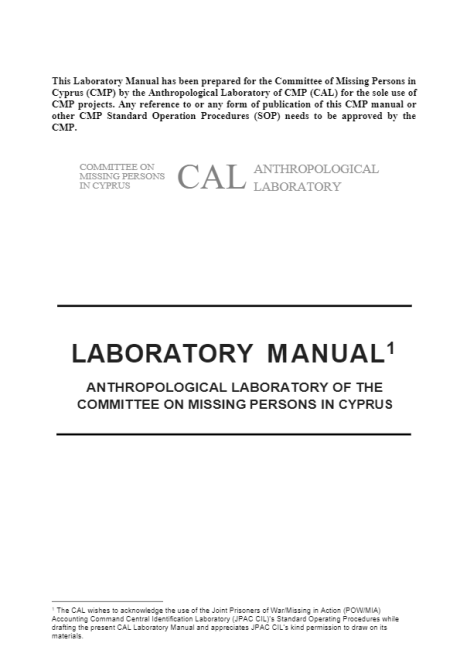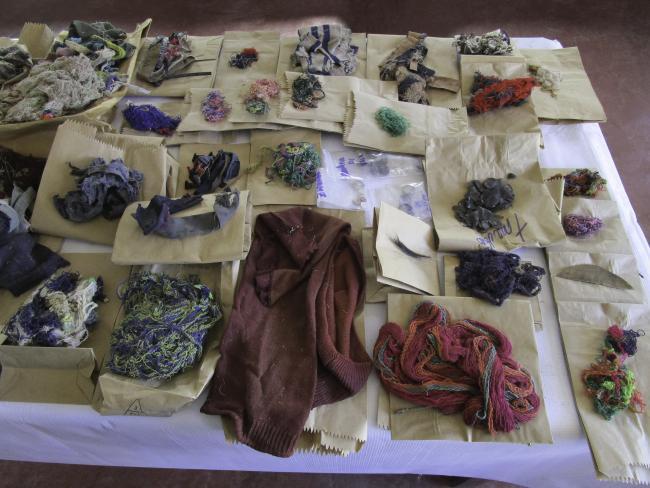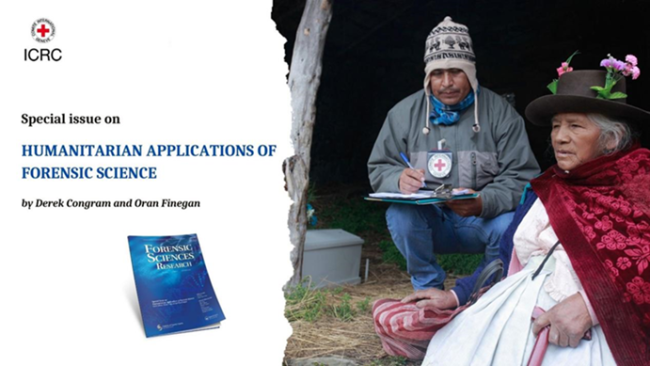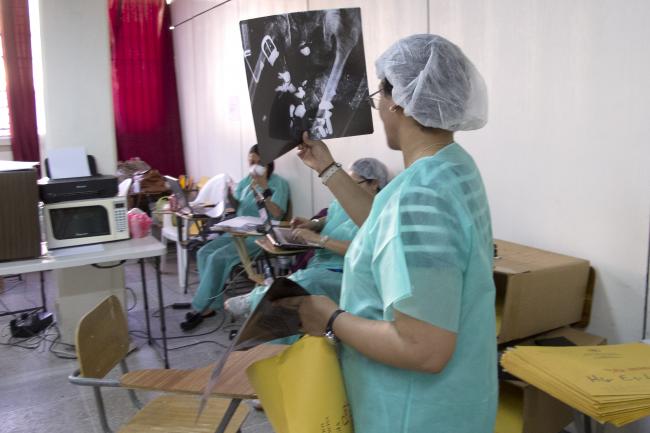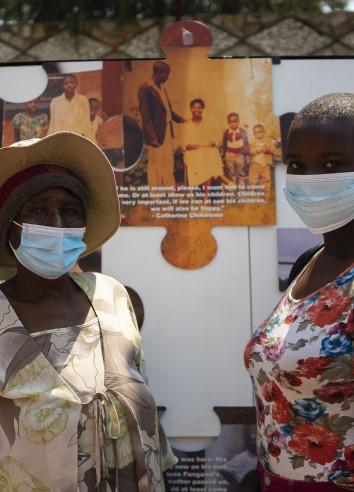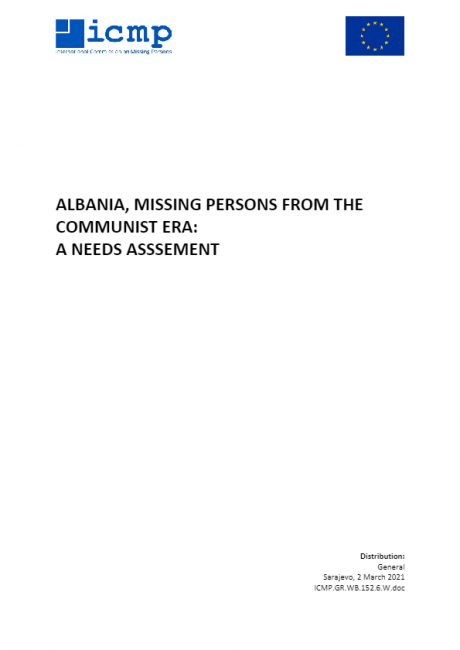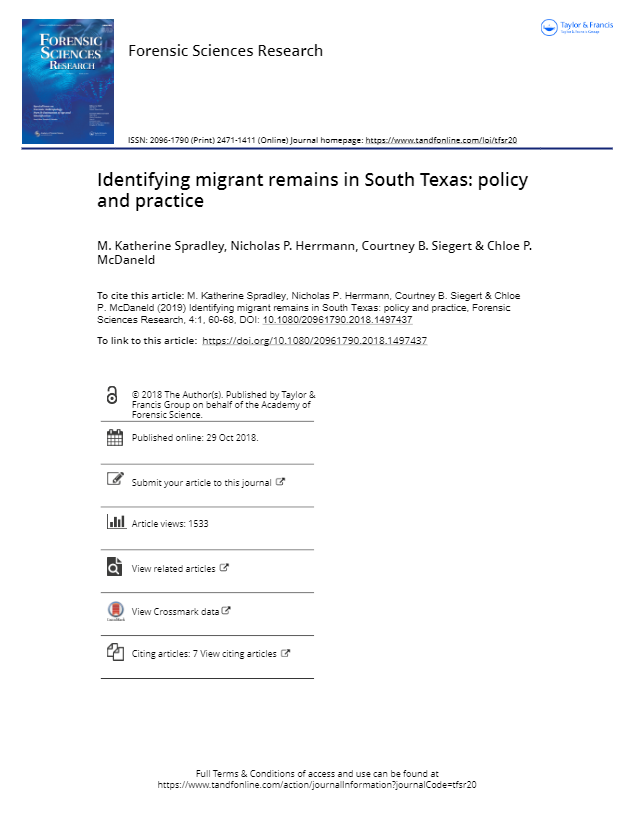
Identifying migrant remains in South Texas: policy and practice
In 2012, Texas surpassed Arizona in migrant deaths. The majority of deaths occurred in the Rio Grande Valley, specifically in Brooks County, Texas. Brooks County is one of the poorest in the state and was overwhelmed with deaths, without appropriate resources to follow the state laws pertaining to the investigation of unidentified human remains. Until 2013, most remains that were not immediately identified were buried without collecting DNA samples and the location of burials was not recorded. Our paper outlines the difficulties searching for these burials, the struggles of the families of the missing, and the collaborative approaches to facilitating identifications in South Texas. Community outreach combined with geophysical surveys guide which cemeteries are in need of exhumations. Once cemeteries are surveyed, archaeological methods are employed to exhume remains and document burials. Remains are taken to the Forensic Anthropology Center at Texas State for processing, analysis, and identification efforts. Undergraduate and graduate students clean remains and wash clothing and personal effects. After skeletal analysis, all information regarding the remains, including photographs of personal effects, are uploaded to the National Missing and Unidentified Persons System (NamUs) and a DNA sample is submitted to the University of North Texas for inclusion in the Combined DNA Index System (CODIS) DNA database. However, CODIS lacks DNA family reference samples from many families of the missing due to families living outside the US or because they do not feel comfortable providing a DNA sample in the presence of law enforcement. Therefore, it is necessary to work with non-governmental organizations who specialize in collecting missing persons reports and DNA samples from the families of the missing. Working collaboratively with multiple agencies, identification of migrant remains is possible.


